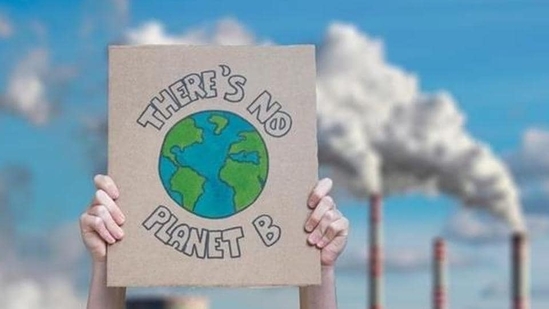Revealing developed countries’ emission trajectories
This paper has been authored by Max van Deursen and Sumit Prasad, CEEW.
This issue brief aims to shed light on the mitigation performance of developed countries, drawing on developed countries’ self-disclosed information in official climate transparency reports. Based on this information, the study assesses past performance, as well as ambition of- and progress towards the implementation of key climate targets.

The study highlights that climate transparency reports contain powerful information, which can shed light on climate (in)action of developed countries. But whether transparency will foster trust ultimately depends on whether developed countries walk the talk and implement ambitious climate action.
What remains of the global carbon budget – a benchmark to keeping global warming below 1.5°C – is estimated to be about 500 GtCO2. This amount will be depleted by the end of the decade at the current rate of global emissions (IPCC, 2021). Given this limited carbon space, deep emission reductions are imperative in this critical decade (2020–2030). However, are developed countries, who are responsible for over 75 per cent of historical emissions (Busch, 2015), taking deep emission reductions at an adequate pace?
The mitigation efforts of developed countries have direct implications for the limited carbon budget available to developing countries, which need sufficient carbon space to address their economic and social development challenges and eradicate poverty. But surprisingly, there is little clarity on how developed countries are performing in relation to their commitments and the remaining carbon budget. In this issue brief, we aim to bridge this gap by analysing the emission trajectories of developed countries, covering historic and projected emissions in the six decades spanning 1990–2050. For this assessment, we used datasets officially disclosed by developed countries in their reports as submitted under United Nations Framework Convention on Climate Change (UNFCCC) transparency arrangements.
The paper can be accessed by clicking here.
This paper has been authored by Max van Deursen and Sumit Prasad, CEEW.
All Access.
One Subscription.
Get 360° coverage—from daily headlines
to 100 year archives.



HT App & Website







